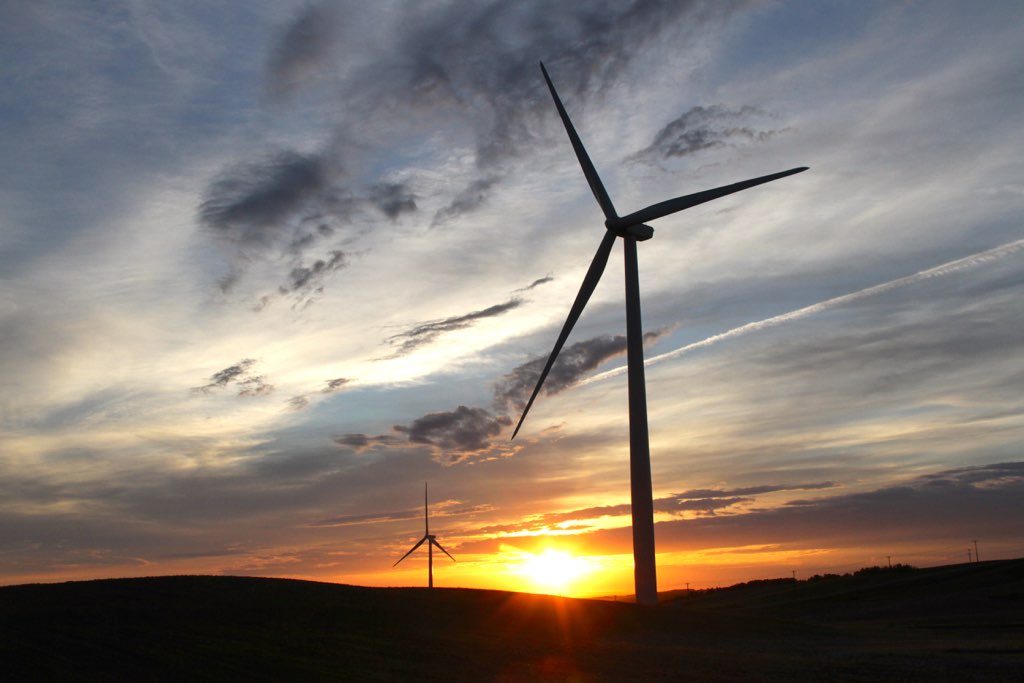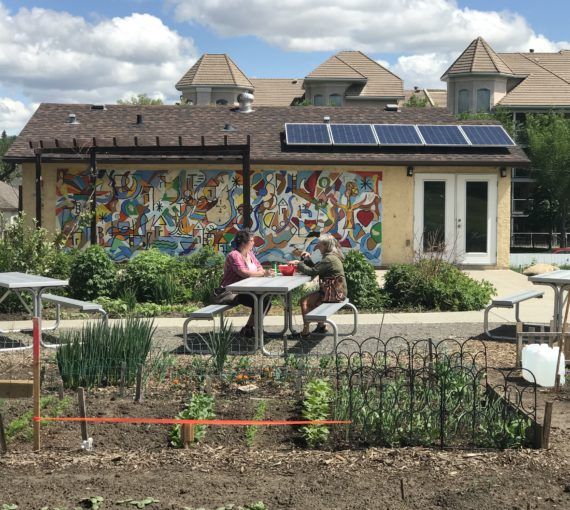
In Canada, the federal government recently committed reaching net-zero emissions by 2050, but we have a lot of work to do if we want to get there. (Photo: David Dodge via Green Energy Futures)
Our current climate situation
As you’re no doubt aware, when it comes to climate change, our situation isn’t good. We need to drastically reduce our emissions to stay below the Intergovernmental Panel on Climate Change’s 1.5 C warming limit, which will help us avoid the worst consequences of a warming world, such as wildfires, heat waves, flooding and sea-level rise.
Climate change isn’t just an environmental crisis; it’s a social and economic crisis that puts human life at risk around the globe. As the world heats up, our health, food systems, economies and communities will all be greatly affected.
The scientific community agrees that we should reduce global emissions by about half by 2030 and aim for net-zero emissions by 2050. In Canada, the federal government recently committed reaching net-zero emissions by 2050, but we have a lot of work to do if we want to get there.

What does “net-zero emissions” mean?
When we talk about reaching “net-zero emissions,” we’re referring to a state in which emissions are reduced as close to zero as possible with the remaining emissions balanced out by removing an equivalent amount through methods such as forest restoration and carbon capture and storage.
Municipalities take action on climate
The good news is that municipalities throughout the country are taking matters into their own hands and acting on climate change. In many ways, they are our greatest hope for curbing emissions. Mayors and councils are directly accountable to their constituents and can often be more nimble than provincial or federal representatives.
In Canada, municipalities can legislate actions that affect about 50 per cent of our national emissions. And with about 80 per cent of Canadians living in municipalities, it’s important — even crucial — that we focus on their potential to help stop climate change.
People like you, who are willing to work with progressive local government leaders, stand to make a huge difference. You can influence your city or town, and cities and towns can go on to lead provinces, territories and even countries. We can’t say it enough: Your role is powerful.
Focus on equity
Climate change poses the greatest threat to those least responsible for it: people who are already vulnerable to deep-rooted socio-economic challenges, such as poor communities, communities of colour, women and youth. Indigenous and remote communities are particularly vulnerable to climate change impacts. In fact, Canada is warming at twice the average rate, and the North is warming at three times the rate.
The IPCC Special Report on Global Warming of 1.5 C states that we must reduce global emissions by about half by 2030 and achieve net-zero emissions by 2050. But the report also highlights “different circumstances and capabilities.” This means that countries that have contributed disproportionately to the global climate crisis and that can afford to help solve the problem must do more than other countries. The same goes for municipalities: those with the means to do more to fight climate change must do more.
Where municipal emissions come from
In the typical Canadian municipality, most emissions come from transportation and buildings. The waste sector also contributes to emissions, but not nearly as much.
That said, every city or town is different in terms of its top emissions sources. For example, Vancouver’s top source is buildings, while in Brampton, the transportation sector is responsible for most emissions.
It’s important to understand where emissions come from in your municipality and which sectors contribute the most. You’ll need to know this when you assess your municipal climate plan. Start with a simple Google search to find out. If you can’t find the information you need, contact your city or town hall.

Municipal influence over emissions
It’s important to understand which emissions your local government controls and which are out of its control. For instance, municipalities in Canada generally have the authority to regulate land use, streets, sidewalks and building height, density and design. They also provide community services such as recreation and libraries, as well utilities such as water, sewage and solid waste management. However, they have little control over emissions from air transportation, energy utilities and vehicle standards. For more information on navigating this issue, see our advice on how to work with your municipal government.
Envision the future of your community
This resource is part of Your voice at the table: A guide to mobilizing local government climate action. Learn to work with your local government so you can build a healthy, sustainable, resilient future together.



